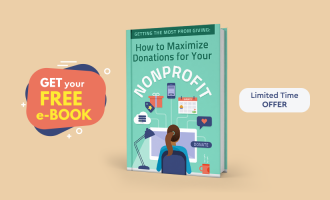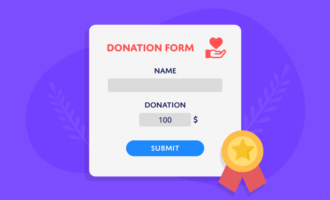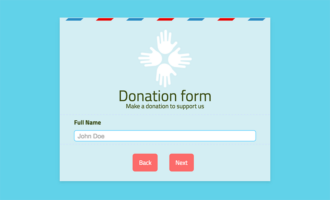Scholarships play a significant role in funding higher education. In the 2019–2020 school year, 58 percent of U.S. families relied on scholarships to help pay college costs, according to Sallie Mae.
While reliance on scholarships is high, demand is even higher. Scholarships and grants covered just 25 percent of college costs in the 2019–2020 school year. Parent and student income and savings covered 52 percent, and loans paid for another 21 percent.
Establishing a scholarship fund allows individuals and for-profit companies to team up with nonprofit organizations, ensuring that students have access to the funds they need to complete their education.
Who will the fund support?
Start the process of creating a scholarship fund by deciding what the scholarship will reward or cover and who the intended recipients are. “For instance, a fund for college is the most traditional path, but you can also offer one for independent education, such as training programs,” writes Kayla Matthews at NonProfit PRO.
When you begin describing the students eligible for the scholarship, it’s important to set criteria that are clear but broad enough to create a charitable class. According to the Internal Revenue Service, a charitable class exists when the definition of a group of charity recipients is broad enough that helping the group supports the needs of society as a whole.
At first, a scholarship fund may seem to benefit only the first individual recipients of the scholarship. These original recipients, however, should have common characteristics that demonstrate they fit within “a large or indefinite class,” writes attorney Gene Takagi, principal at NEO Law Group.
By defining scholarship criteria with a broad class in mind, you can more easily place the first individual recipients within the charitable class context. For example, defining the class as “student athletes” or “applicants from low-income households” sets parameters that potentially include a wide range of applicants while also allowing the scholarship fund to focus on placing funds according to its charitable goals.
Meeting legal requirements
Defining scholarship criteria to meet the IRS’s charitable class requirements is just one of the legal steps necessary to ensure that a scholarship fund can continue to support students and meet its goals year after year.
Since IRS rules regarding charitable giving can be complex, it’s a good idea to consult an experienced attorney. For individuals, teaming up with an existing charity or school financial aid office can help ease legal compliance. According to the IRS, many for-profit companies successfully run scholarship programs through private foundations they establish.
A number of community foundations nationwide also help support scholarship funds. Some, like The San Diego Community Foundation, have clear criteria for helping individuals and companies set up a new scholarship fund or contribute to existing scholarship funds. These organizations can help answer questions, clarify the purpose of a scholarship fund, and ensure the fund fulfills those goals.
Of course, it’s essential to determine how the scholarship will be funded. There are a number of funding structures to choose from, which allows a scholarship program to tailor its approach to its goals and needs. Regardless of the approach, however, “A generous funding base is the key to the successful development and maintenance of an ongoing scholarship program,” notes the American Society of Radiologic Technologists.
Finally, collecting applicant information not only allows a scholarship fund to identify potential beneficiaries but also provides the data necessary to help scholarship funds meet charitable class requirements. Collecting demographic information, for instance, can help an organization understand and better define the charitable class its scholarships serve, writes nonprofit attorney Zachary S. Kester.
How to build a meaningful application experience
Despite the significant need for scholarship support, scholarship funds in the U.S. go unused every year. Often, funds remain untapped because applicants either don’t know about the scholarship’s availability or they become frustrated or overwhelmed by the application process.
According to a 2019 CampusLogic-Gallup study, students heavily weigh their experience with the college financial aid process when deciding which school to attend, writes Margaret Carlson, associate methodologist at Gallup. Similarly, applicants for scholarships can become frustrated with the application process, leading them to walk away from the application.
An online application process can help scholarship funds connect with students. By clearly describing eligibility requirements and streamlining the process of collecting information through an online form, scholarship providers can make it easier to meet their own reporting requirements while also attracting qualified applicants.
A clear purpose, a well-supported structure, and an engaging application experience combine to ensure that a newly created scholarship can fulfill the goals of its creators. Choosing the right tools to connect with the audience of applicants can help turn scholarship funds into meaningful educational experiences.





































































Send Comment: